مركز التوثيق
أدلة وإرشادات تقنية شاملة لمساعدتك على إتقان آلات HARSLE وتحسين كفاءة تشغيل المعادن لديك
هل يستحق جهاز ثني الأنابيب CNC Control الاستثمار فيه؟
When it comes to modern metal fabrication, understanding Tube Bender CNC Control is essential for making a smart investment. Many manufacturers wonder whether upgrading to CNC control is truly worth the cost, especially when manual or semi-automatic machines seem to handle basic bending tasks just fine. In this article, I’ll explain how CNC control systems impact precision, productivity, and long-term savings, helping you decide if it’s the right choice for your workshop. Whether you’re running a small bending line or managing high-volume production, this guide will give you clear insights into why CNC technology is transforming the tube bending industry.
What Is Tube Bender CNC Control?
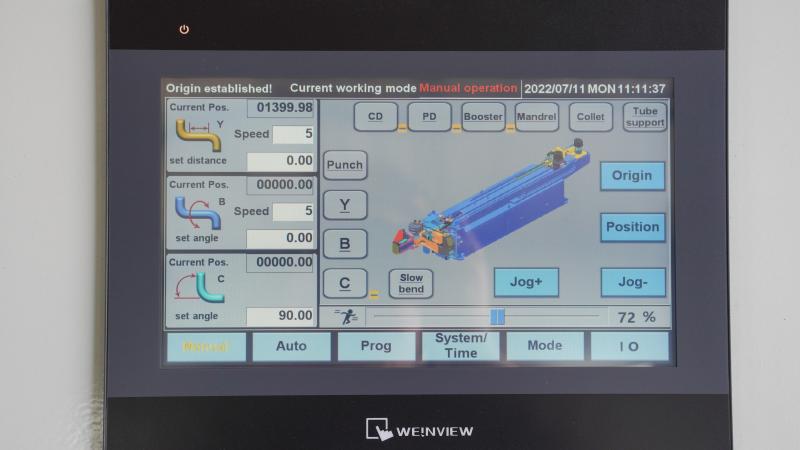
Before deciding if it’s worth the investment, it’s important to understand what التحكم باستخدام الحاسب الآلي actually does. A CNC (Computer Numerical Control) system automates the tube bending process by controlling angles, rotations, and feed lengths through digital programming. Instead of manually adjusting the settings for each bend, operators can input precise values into the control interface.
This system ensures repeatable accuracy, minimizes human error, and allows for complex multi-radius bending with consistent results. In industries like automotive, aerospace, and furniture manufacturing, CNC control has become the standard for meeting tight tolerances and high-quality requirements.
How CNC Control Improves Bending Precision
One of the key reasons manufacturers invest in Tube Bender CNC Control is precision.
Automated Accuracy for Every Bend
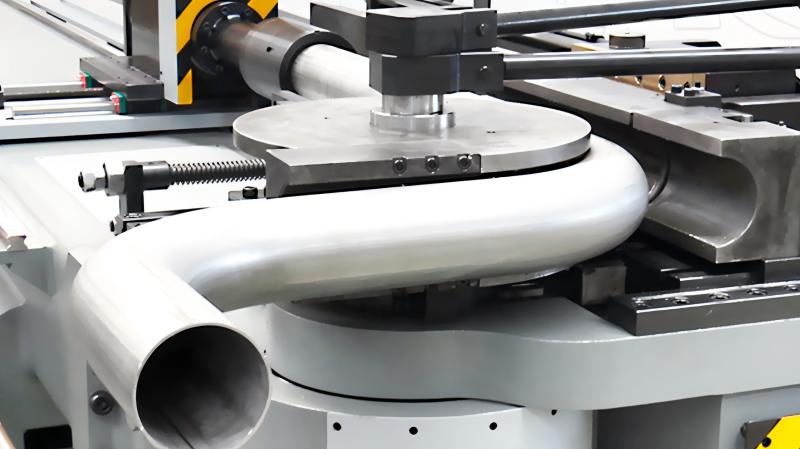
CNC systems calculate and execute every motion automatically, including tube rotation, feed, and bend angles. This ensures that each piece matches the programmed design exactly, even after hundreds of cycles. Manual benders, in contrast, often produce deviations due to operator fatigue or measurement errors.
Consistent Quality Across Batches
For companies producing large batches of identical parts, maintaining consistent quality is crucial. CNC control allows operators to save programs and recall them anytime, eliminating the need to reconfigure settings for repeat orders. This not only saves time but also guarantees uniformity across all parts.
Boosting Productivity and Reducing Setup Time
Faster Changeovers with Stored Programs
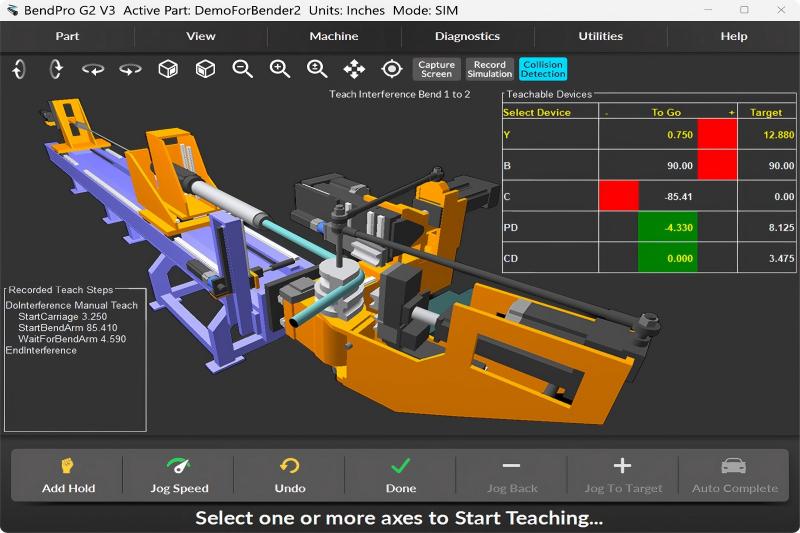
CNC-controlled tube benders store multiple bending programs, making setup changes quick and seamless. When switching between different tube diameters or materials, operators simply load the corresponding program rather than manually adjusting the tooling or alignment.
Integration with Offline Software
Many modern CNC tube benders support offline programming software. This feature enables engineers to prepare and simulate bending operations on a computer before production, reducing downtime and preventing material waste during trial runs.
Improved Workflow Efficiency
With automation handling most of the repetitive operations, a single operator can manage multiple machines simultaneously. This improves labor efficiency and allows your skilled workers to focus on other essential production tasks.
Cost Considerations: Upfront Price vs. Long-Term Value
Higher Initial Investment
There’s no denying that Tube Bender CNC Control systems come with a higher upfront cost than traditional manual or NC machines. However, this investment should be viewed through the lens of long-term savings rather than short-term expenses.
Lower Material Waste
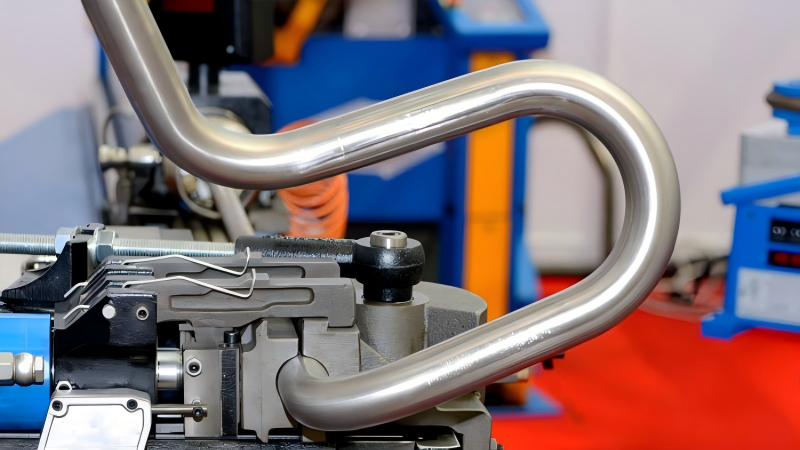
CNC machines calculate bending sequences precisely, reducing trial errors and scrap rates. Over time, this leads to significant savings in material costs—especially when working with stainless steel or other high-value materials.
انخفاض تكاليف العمالة
Automation reduces dependency on highly skilled manual operators. While training is still required to understand CNC programming, the day-to-day operation becomes more straightforward, which lowers labor expenses and improves overall efficiency.
Maintenance and Reliability of CNC-Controlled Tube Benders
Predictive Maintenance Features
Modern CNC systems include diagnostic functions that monitor axis movements, pressure levels, and motor performance. When irregularities occur, the system alerts the operator before serious issues arise, minimizing unplanned downtime.
Easy Software Updates
As technology evolves, manufacturers can update CNC software to access new features and performance enhancements. This extends the lifespan of your tube bender and ensures compatibility with future production needs.
Reliable Performance in Continuous Operation
CNC systems are built for continuous use. Their stable motion control and repeatability make them ideal for high-volume manufacturing environments where even a minor deviation could lead to costly defects.
When Should You Choose a CNC-Controlled Tube Bender?
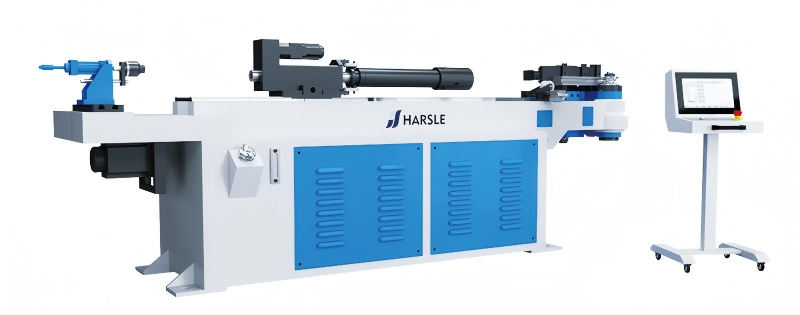
If your production involves complex parts, tight tolerances, or frequent batch changes, a Tube Bender CNC Control machine is almost always worth the investment. However, if your operation focuses on low-volume, simple bends with minimal variation, a manual or NC machine might still meet your needs at a lower cost.
To make the right decision, evaluate your long-term production goals, labor structure, and material type. Consider not just the machine price but also the efficiency, precision, and consistency gains that CNC control brings to your workflow.
التعليمات
What’s the main difference between NC and CNC tube benders?
NC machines use a combination of manual and automatic functions with limited axis control, while CNC tube benders manage all axes automatically using digital programming for higher accuracy and flexibility.
Does a CNC tube bender require special training?
Yes, basic training is necessary to learn programming and software operations, but once familiar, operators find CNC systems easier and more efficient to use than manual setups.
Can I upgrade my existing tube bender to CNC control?
In most cases, upgrading requires replacing both the control unit and motion system. It’s often more practical to invest in a complete CNC model designed for integrated control.
How long does it take for CNC investment to pay off?
Depending on production volume and part complexity, the return on investment typically occurs within 1–3 years due to savings in labor, time, and material waste.
خاتمة
Investing in Tube Bender CNC Control technology offers more than just automation—it provides precision, consistency, and long-term efficiency that manual systems simply can’t match. While the upfront cost may seem higher, the improvements in productivity and quality quickly justify the expense.
If you’re looking to modernize your workshop and achieve reliable bending performance, now is the time to consider upgrading to CNC control. For personalized guidance or a detailed quotation, feel free to contact the HARSLE team—we’re here to help you choose the best solution for your production needs.













